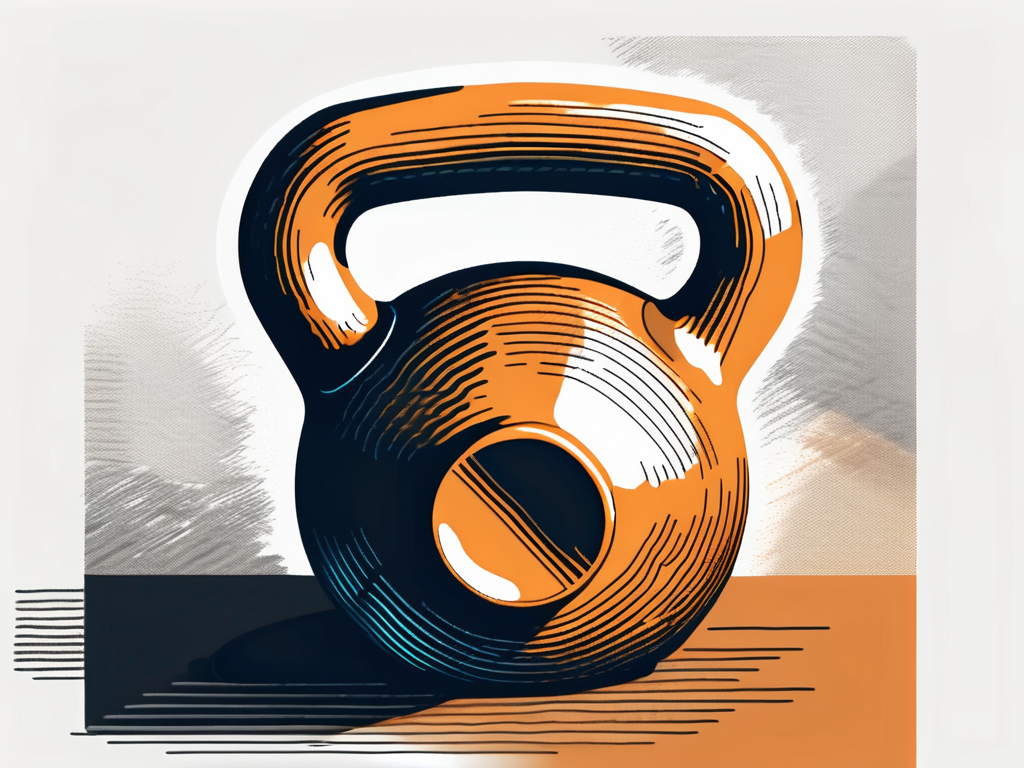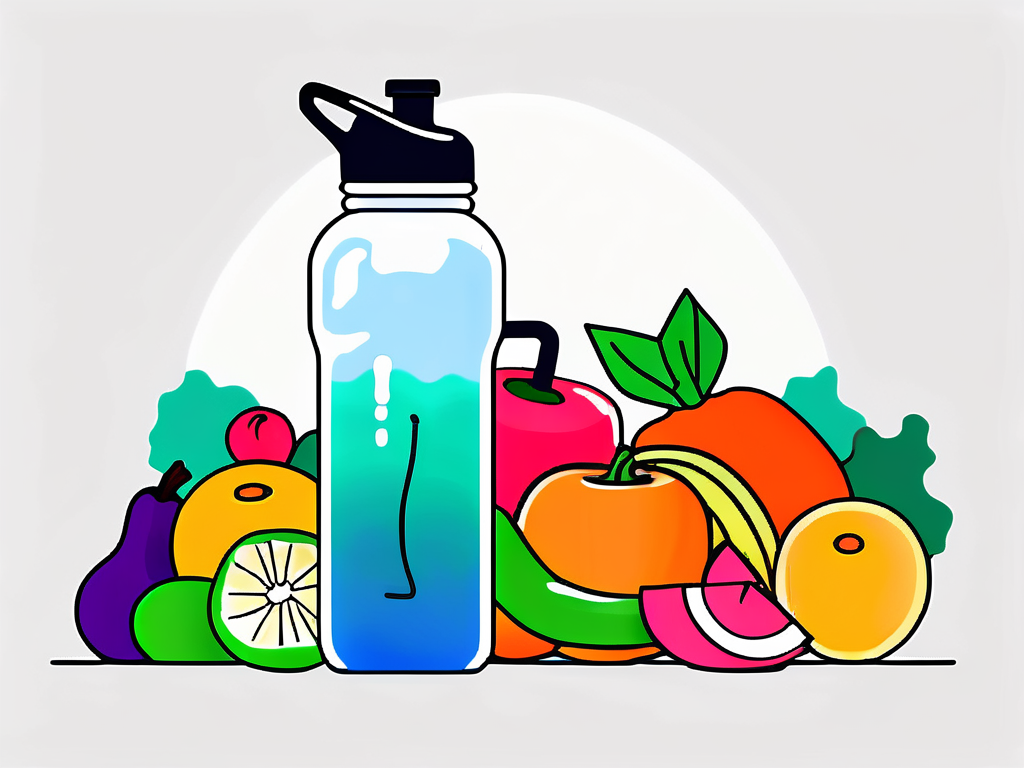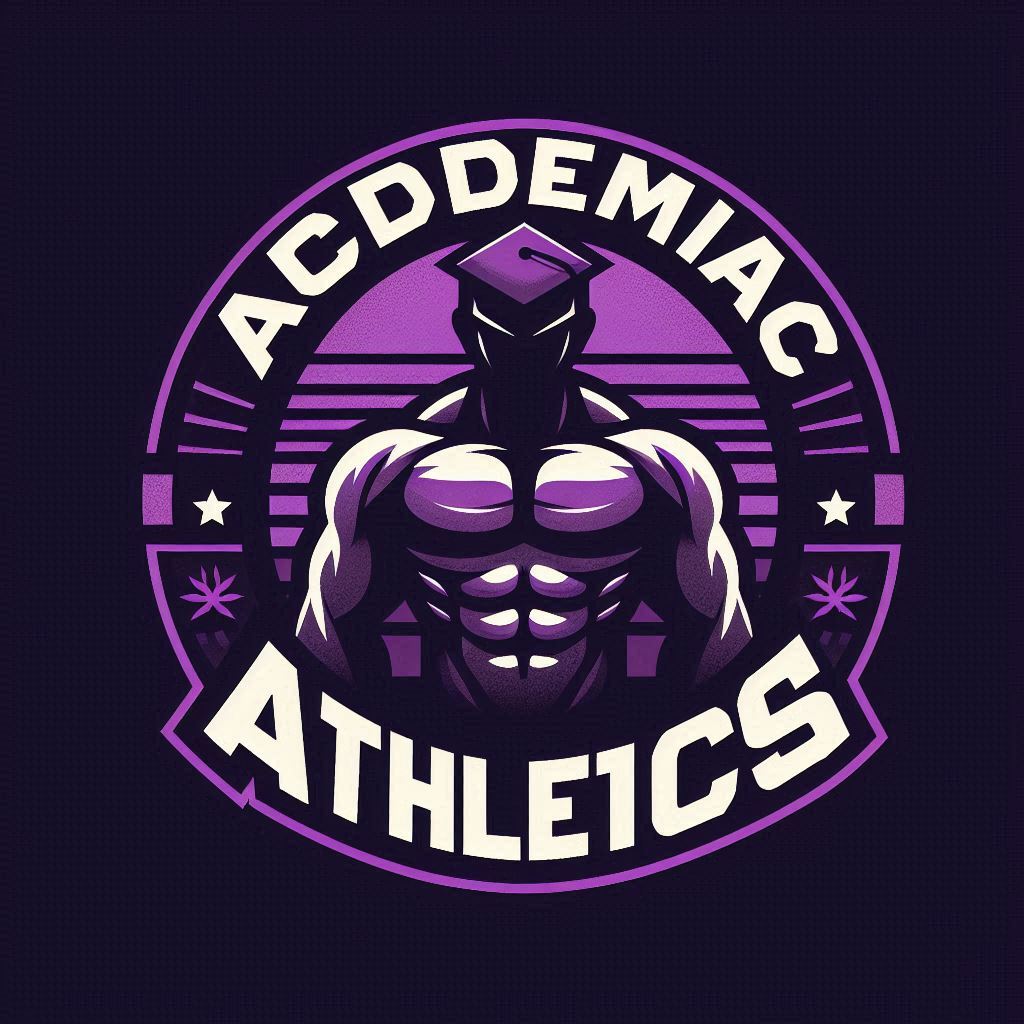Kettlebell workouts have become increasingly popular in recent years, and for good reason. Not only do they help build muscle, but they also burn fat and improve overall fitness. If you’re new to kettlebell training, it’s important to understand the basics before diving into a workout routine. In this article, we’ll explore the science behind kettlebell training, the benefits for beginners, and how to prepare for your first workout. We’ll also provide a step-by-step guide to a 20-minute beginner kettlebell workout and offer tips for maximizing your results and staying motivated. Lastly, we’ll cover the importance of nutrition and hydration in supporting your kettlebell training goals.
Understanding the Basics of Kettlebell Workouts
The Science Behind Kettlebell Training
Traditional weightlifting exercises often focus on isolated muscle groups, while kettlebell workouts engage multiple muscle groups simultaneously. This full-body approach not only builds strength but also improves coordination and balance.

Kettlebell training is rooted in centuries-old Russian strength and conditioning practices. The unique shape of the kettlebell, with its off-centered weight distribution, requires the body to recruit stabilizing muscles to control the movement. This activation of stabilizer muscles leads to a more functional and holistic approach to strength training.
Benefits of Kettlebell Workouts for Beginners
One of the key advantages of kettlebell training for beginners is its efficiency. By using dynamic movements, such as swings and snatches, you can achieve a high-intensity workout in a short amount of time. Additionally, kettlebell workouts are scalable, meaning you can adjust the weight and intensity to match your fitness level.
Another benefit of kettlebell training for beginners is its emphasis on developing core strength. Many kettlebell exercises, like the Turkish get-up and windmill, require core stabilization throughout the movement. This focus on core engagement not only helps in building a strong midsection but also improves posture and reduces the risk of injury in daily activities.
Preparing for Your Kettlebell Workout
Choosing the Right Kettlebell for You
When selecting a kettlebell, it’s essential to choose one that suits your strength and fitness level. As a beginner, start with a lighter weight, such as 8-12kg, and gradually increase as you become more comfortable with the exercises.
Consider the grip of the kettlebell as well. Some kettlebells have a smooth handle, while others have a textured grip. Choose the one that feels most comfortable in your hand to prevent slipping during your workout. Additionally, take note of the material of the kettlebell – cast iron is a popular choice due to its durability and smooth finish.
Safety Tips for First-Time Kettlebell Users
Before starting your workout, it’s important to learn proper form and technique to reduce the risk of injury. Take the time to familiarize yourself with the basic movements and consider working with a certified kettlebell instructor to ensure you’re performing the exercises correctly.
Remember to warm up before diving into your kettlebell routine. Perform dynamic stretches to prepare your muscles for the workout ahead. Focus on movements that target the areas you’ll be working during your kettlebell session, such as hip flexors, shoulders, and core muscles. This will help prevent strains and injuries during your workout.
The 20-Minute Beginner Kettlebell Workout
Warm-Up Exercises
Before jumping into the main workout, it’s crucial to warm up your muscles and prepare your body for the workout ahead. Start with a few minutes of light cardio, such as jogging or skipping, to elevate your heart rate and increase blood flow to your muscles. This helps loosen up your joints and primes your body for the physical activity to come. Following the cardio, incorporate dynamic stretches like leg swings, arm circles, and hip rotations to further activate your muscles and improve flexibility.

Remember, a proper warm-up not only reduces the risk of injury but also enhances your performance during the workout by optimizing muscle function and range of motion.
Step-by-Step Kettlebell Workout Routine
Now that you’re warmed up, it’s time to begin the 20-minute kettlebell workout. This workout consists of a series of exercises performed back-to-back with minimal rest. Each exercise targets different muscle groups and provides a challenging total-body workout. The combination of strength and cardiovascular training in kettlebell workouts makes them efficient for burning calories and building muscle simultaneously.
- Goblet Squats – 12 reps
- Kettlebell Swings – 15 reps
- Kettlebell Lunges – 10 reps each leg
- Single-Arm Rows – 12 reps each arm
- Kettlebell Push Press – 10 reps each arm
- Russian Twists – 15 reps each side
Repeat the circuit three times, resting for 30 seconds between exercises and one minute between circuits. This structured approach helps maintain intensity throughout the workout and ensures you target all major muscle groups effectively. Focus on your breathing and form, keeping your movements controlled and deliberate.
Cool Down and Recovery
After completing the workout, it’s essential to cool down and stretch your muscles to aid recovery and prevent muscle soreness. Perform static stretches for each major muscle group, holding each stretch for 15-30 seconds. This post-workout stretching routine helps reduce muscle tension, increase blood flow, and improve flexibility. Additionally, consider incorporating foam rolling or using a massage ball to release any tight spots and promote muscle recovery.
Hydrate well, refuel with a balanced post-workout meal, and listen to your body’s signals for rest and recovery. Taking care of your body after exercise is just as important as the workout itself for long-term progress and overall well-being.
Maximizing Your Kettlebell Workout
Kettlebell workouts are a fantastic way to build strength, improve endurance, and increase flexibility all in one go. These versatile tools have been used for centuries to enhance physical fitness and are a staple in many gyms and home workout spaces. The unique shape of the kettlebell allows for a wide range of movements that engage multiple muscle groups simultaneously, making it an efficient and effective workout option.
Incorporating Cardio into Your Kettlebell Routine
If you’re looking to increase the cardiovascular benefits of your kettlebell workout, consider adding cardio intervals between exercises. For example, perform one minute of jumping jacks or high knees before moving on to the next exercise. This not only elevates your heart rate but also helps in burning more calories and improving overall endurance. Mixing in these bursts of cardio with your kettlebell routine can take your workout to the next level.
Furthermore, incorporating dynamic movements like kettlebell snatches or cleans can also help in boosting your heart rate and providing a cardio challenge. These explosive exercises require power and coordination, adding an extra cardiovascular element to your workout while still focusing on strength and stability.
Combining Kettlebell Training with Other Workouts
Kettlebell workouts can be an excellent complement to other forms of exercise. Consider incorporating kettlebell exercises into your existing routine, such as using kettlebell swings as a warm-up before weightlifting or replacing traditional cardio exercises with kettlebell movements. This integration can help in diversifying your workout regimen, preventing plateaus, and targeting different muscle groups in new ways.
Additionally, combining kettlebell training with activities like yoga or Pilates can enhance your overall fitness by improving core strength, balance, and coordination. The controlled movements of these disciplines paired with the dynamic nature of kettlebell exercises create a well-rounded workout routine that challenges both the body and the mind.
Maintaining Progress and Staying Motivated
Embarking on a fitness journey is an exciting and rewarding endeavor. As you strive towards your health and wellness goals, it’s essential to establish a solid foundation that will keep you motivated and on track. Setting specific, achievable goals is key to staying motivated and making progress. Whether it’s increasing the weight of your kettlebell, performing more reps, or achieving a certain level of fitness, having clear goals can keep you focused and driven.
Furthermore, it’s important to remember that progress is not always linear. There will be ups and downs along the way, but staying committed to your goals and maintaining a positive mindset will help you navigate through any challenges that come your way.
Setting Realistic Fitness Goals
Setting specific, achievable goals is key to staying motivated and making progress. Whether it’s increasing the weight of your kettlebell, performing more reps, or achieving a certain level of fitness, having clear goals can keep you focused and driven.
When setting fitness goals, it’s crucial to make them realistic and attainable. Setting goals that are too ambitious can lead to frustration and burnout. Start with small, manageable goals and gradually increase the intensity as you progress. This approach will not only help you stay motivated but also prevent injuries and setbacks.
Tracking Your Progress
Keep a workout journal or use a fitness app to track your progress. This can help you identify improvements over time and provide a sense of accomplishment as you reach new milestones. Don’t forget to celebrate your achievements along the way!
Tracking your progress is not just about numbers on a scale or the amount of weight lifted. It’s also about recognizing how far you’ve come in terms of strength, endurance, and overall well-being. Reflecting on your journey can boost your confidence and inspire you to keep pushing towards your fitness goals.
Overcoming Common Workout Challenges
It’s natural to face challenges and setbacks on your fitness journey. Whether it’s lack of motivation, time constraints, or plateaus, there are strategies to overcome these obstacles. Seek support from friends or join fitness communities to stay accountable and share your experiences.
Remember, you are not alone in facing workout challenges. Many individuals encounter similar obstacles, and sharing your struggles with others can provide valuable insights and encouragement. By building a support system and staying resilient in the face of challenges, you can overcome any hurdles that come your way on your fitness journey.
Nutrition and Hydration for Kettlebell Training
Pre-Workout Nutrition
For optimal performance during your kettlebell training sessions, it’s essential to fuel your body with the right nutrients. A balanced meal or snack before your workout should include carbohydrates for energy and protein for muscle repair. Carbohydrates are your body’s primary source of fuel, providing the energy needed to power through your exercises. Pairing them with protein can help support muscle recovery and growth.

Timing is key when it comes to pre-workout nutrition. Aim to consume your meal or snack containing carbohydrates and protein at least 1-2 hours before your kettlebell session. This allows enough time for digestion and ensures that the nutrients are readily available for your body to use during exercise.
Post-Workout Nutrition
After completing your kettlebell workout, your body needs proper nourishment to recover and rebuild. Replenishing with a combination of protein and carbohydrates is crucial for muscle recovery and glycogen replenishment. Protein is essential for repairing and building muscle tissue, while carbohydrates help restore the glycogen stores depleted during exercise.
Consider incorporating a post-workout protein shake or a meal that includes lean protein sources and whole grains. Consuming this meal within an hour of finishing your workout can enhance recovery and promote muscle growth.
Importance of Hydration in Fitness Training
Hydration plays a vital role in your overall performance and recovery during kettlebell training. Water is essential for regulating body temperature, lubricating joints, and transporting nutrients and oxygen to cells. Proper hydration can help prevent fatigue, cramps, and dizziness during your workouts.
Remember to drink water before, during, and after your kettlebell session to stay hydrated. The general recommendation is to consume at least eight cups (64 ounces) of water per day, but your individual fluid needs may vary based on factors like exercise intensity, sweat rate, and climate.
By incorporating the 20-minute beginner kettlebell workout into your fitness routine and prioritizing proper nutrition and hydration, you’re setting yourself up for success. Building muscle, burning fat, and improving overall fitness require a holistic approach that includes exercise, healthy eating, and adequate hydration. Stay committed, listen to your body’s signals, and enjoy the journey to a stronger, fitter you!
